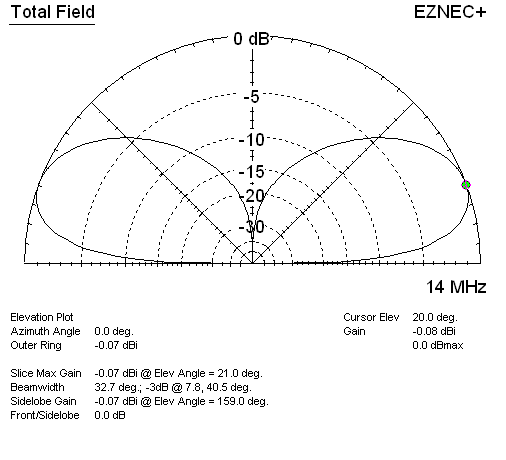Our last SOTA visit to Vermont was in October of 2014; the trees had changed color and were losing their leaves and it was cool enough to require hats and mitts.
Fast forward to May 2015. The trees are in leaf, the sun is shining and summer is just round the corner. Shorts and t-shirts… not so fast. This is VT, and the morning we planned to go up Blue Ridge Mountain it was below freezing when we got up, and we were discussing whether we had enough layers or whether we needed a quick stop at EMS for more thermal underwear!
Blue Ridge Mountain (3278 ft / 999 m) is close to Killington and Pico ski areas, with easy access from Old Turnpike Rd., off Rt. 4, above Rutland. The Canty Trail used to start at a gated dirt road, but now the trail head has been relocated a few hundred yards further up Old Turnpike Rd., with a small roadside parking area for a few vehicles. The trail is generally very clear, well marked with blue blazes, and is well-maintained. The first half-mile or so is up and down through woods, then the trail crosses a stream, and shortly afterwards arrives at an old farm road which starts a steady climb. Following this upwards, always fairly close to the stream, the road ascends gently for another half mile or so, but then transforms into an increasingly steep and rocky trail. In places you can easily drop down to the stream to see the falls and pools.
As the route heads away from the stream, the steepest section of trail gives way to a sustained but more moderate climb, with the trees changing to predominantly conifers near the top. There is a small, rocky summit, with views to the south east. A short spur trail leads to an opening in the woods just below the summit, overlooking Rutland. The total ascent is about 1500 ft, and the hike to the top took us about two hours.
The radio equipment for this activation was my usual SOTA setup, KX3, with a 33 foot vertical supported by a DX Wire fiberglass pole, fed at the base with a switchable 1:1 or 1:4 unun. The pole was pushed up through some of the stunted trees at summit, easily reaching above the highest branches. The summit rocks provided a comfortable enough spot to set up. Conditions were not great, but still made 32 HF QSOs (24 NA, 8 EU) over an hour of operation. One was a 15 m CW summit-to-summit contact with N1FJ, on Mt. Ascutney, in SE VT; guess this was line of sight propagation, not involving too many bounces off the ionosphere. Tried calling on 2 m, but no responses.
As far as I know, this was the first SOTA activation of Blue Ridge Mountain.
The following day, we took the easy option, driving Mountain Road most of the way up Ludlow Mountain W1/GM-037. This is the ski resort of Okemo, and in the winter the road forms one of the easier trails down the mountain. Parking at the gated end of the road, it’s a short climb up to the summit where a fire tower gives a fantastic view above the trees. It was quite windy, and I really felt exposed up on the tower. Coming back down, we walked into the woods a short distance from the fire tower and set up the station among the trees. Again, leaning the pole against branch avoided having to put out any guys to keep the antenna up – in contrast to the winds up the fire tower, it was calm in the woods. We had hiked elsewhere in the morning, so it was mid-afternoon by the time we got to W1/GM-037 and by then propagation conditions were not great, so after a relatively short activation (22 contacts), it was time to go back down the hill.
My usual specialty is grungy one-pointers in NJ, so grabbing four points for Blue Ridge Mountain and six for Ludlow was a novel experience (especially since Ludlow didn’t involve much climbing). Blue Ridge Mountain is 999 m high, so it just misses out by 1 m from being a six-pointer. Maybe if we start building a cairn and all leave a rock on the top, it could get upgraded in a year or two?






















